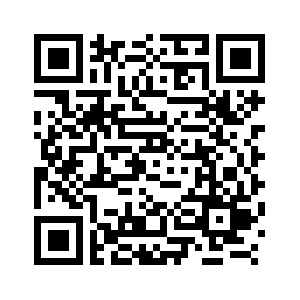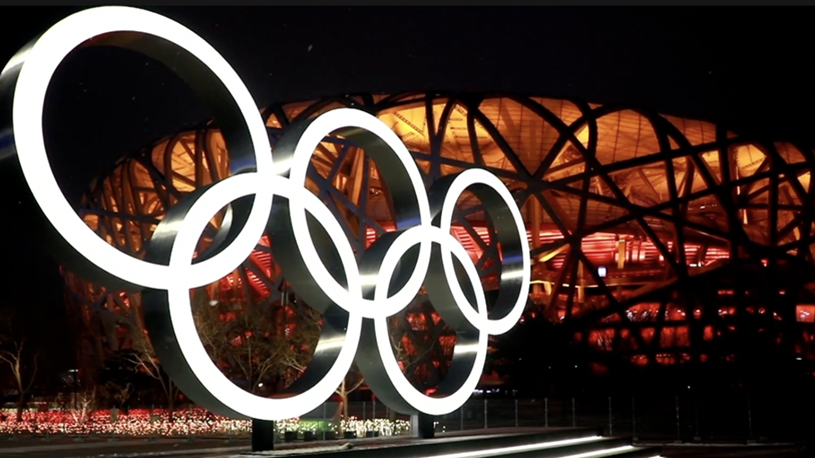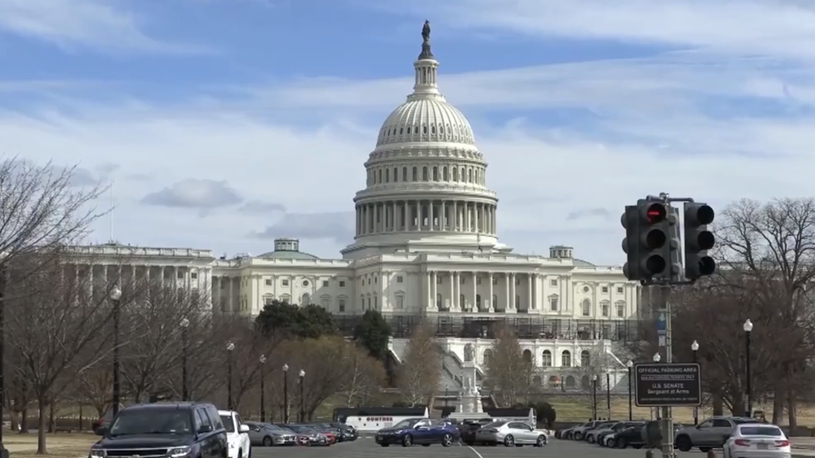
Xinhua file photo
BEIJING, Feb. 22 (Xinhua) -- It was a handshake that changed the world.
On Feb. 21, 1972, as then U.S. President Richard Nixon deplaned from Air Force One at Beijing's airport, he extended his hand toward then Chinese Premier Zhou Enlai. This handshake "across the Pacific Ocean" symbolized the thawing of relations between the capitalist superpower and the most populous developing country under a Marxist ruling party.
On Feb. 28, 1972, as Nixon's visit drew to an end, the historic Shanghai Communique was issued, becoming the political foundation for normalizing China-U.S. relations.
The establishment of diplomatic relations seven years later and the ensuing four decades of cooperation profoundly influenced the world, contributing to peace, stability, and development.
As China-U.S. ties have faced headwinds in recent years, it is important to remember what made Nixon's ice-breaking trip possible: the principle of mutual respect, the pursuit of common ground, and the setting aside of differences.
At the height of the Cold War in early 1970s, Chinese and American table tennis players sowed the seeds of friendship, and Nixon seized the historical opportunity by sending then national security advisor to the president Henry Kissinger to China for a secret trip, laying the groundwork for Nixon's visit.
In the Chinese zodiac calendar, 2022 is the Year of the Tiger, synonymous with strength, courage, and fearlessness. At this juncture, Washington would be well advised to take a beat on bilateral relations to remember the strength and courage of Chinese and U.S. leaders half a century ago.
Talking about tigers, the most famous "tiger" in the China-U.S. story would be the legendary "Flying Tigers." This group of American volunteer pilots came to China during World War II to aid the struggle against the invading Japanese.
They also flew over the Himalayas, helping to ship strategic supplies to Chinese fighting back against the Japanese blockade. The well-known "Hump" air route was perilous; some Flying Tigers never returned.
This episode of history also serves as a reminder that the Chinese and American people can work together for the greater good.
Since the establishment of China-U.S. diplomatic ties in 1979, cooperation has been the cornerstone of their relations. This dynamic has never been more critical, as challenges such as the pandemic, economic recovery, and climate change call for collaboration like never before.
Now, it is high time that Washington realized that, though the post-pandemic world will face new situations and challenges, conflict and confrontation between major countries are not the theme of the world, nor will it solve the problems facing the United States and other countries. It needs to understand that the biggest challenge for the United States is not China but the United States itself.
In an interview last year, Kissinger said 50 years later, the need for cooperation has not diminished.
"To understand that the premise which led to the visit in 1971, is still valid. In fact, even more valid than it was said," Kissinger said. "We'll keep in mind on both sides that not every problem can have an immediate solution and we should start from the premise that war between our two countries will be an unspeakable catastrophe." ■












